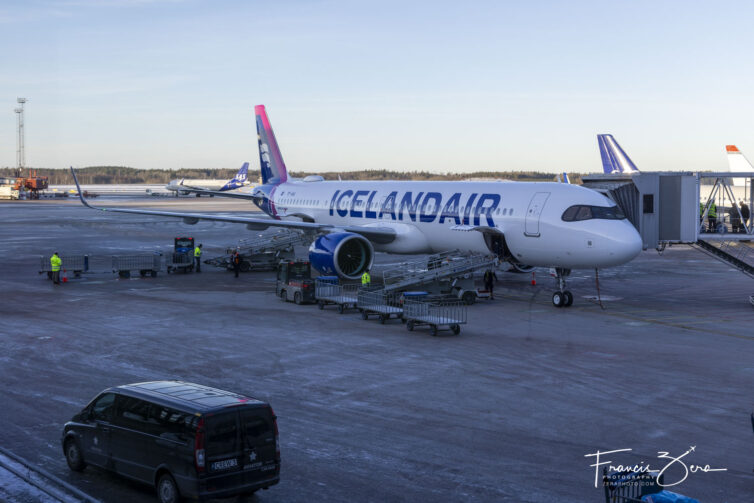
Icelandair has, other than their domestic/feeder airline, long had an all-Boeing mainline fleet consisting of 737 MAX-8 and MAX-9, 757-200, 757-300, and 767 jetliners. That all changed on Dec. 10, 2024, when the airline placed an A321LR into service as TF-IAA, named Esia, per their protocol of naming aircraft after Icelandic volcanoes.
There’s a lot to unpack here, so this article will focus on the experience of the flight. We’ll do a follow-up story on the implications of the fleet change later on.
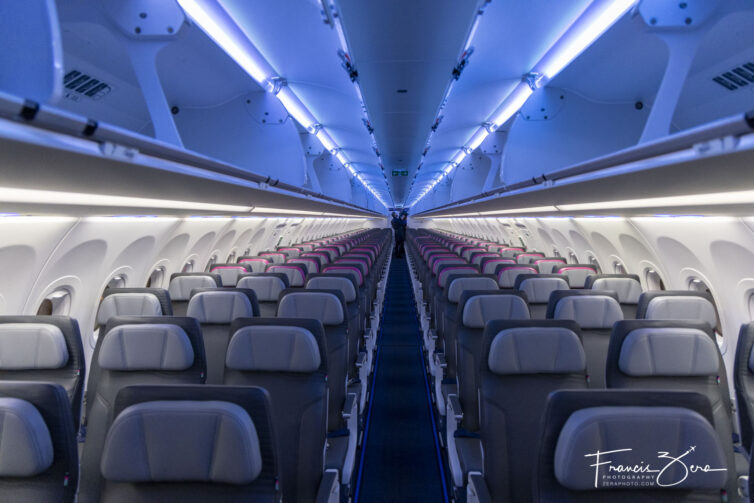
The first impression was, unsurprisingly, of newness. It felt almost like you shouldn’t be in there, as it was so pristine. The new-airplane smell is a real thing. And it’s quite lovely.
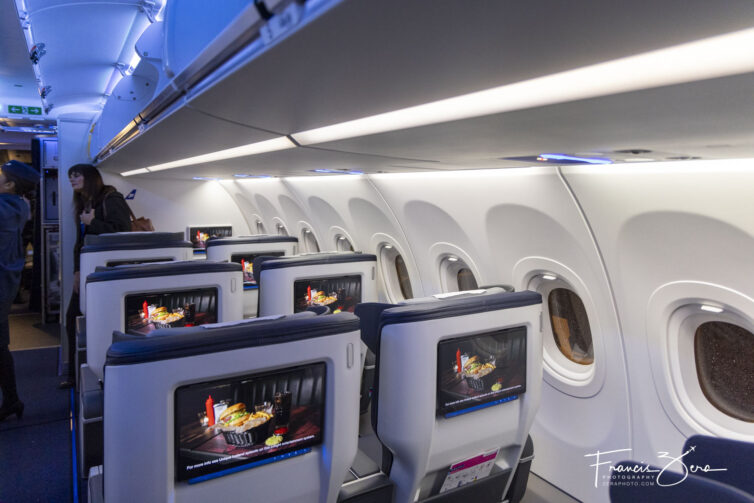
As I did this trip in a somewhat insane manner, flying sequentially from Seattle to Keflavik, Keflavik to Stockholm, then turning straight around and doing the return with only about 90 minutes in each airport, Icelandair was kind enough to seat me in their premium class – Saga – for the whole 22+ hour trip. I’ve done some crazy routes and some really long flights in my day, but never anything quite like this marathon. It was simultaneously the most idiotic thing I’ve ever done, and also ranked among the most fun things.
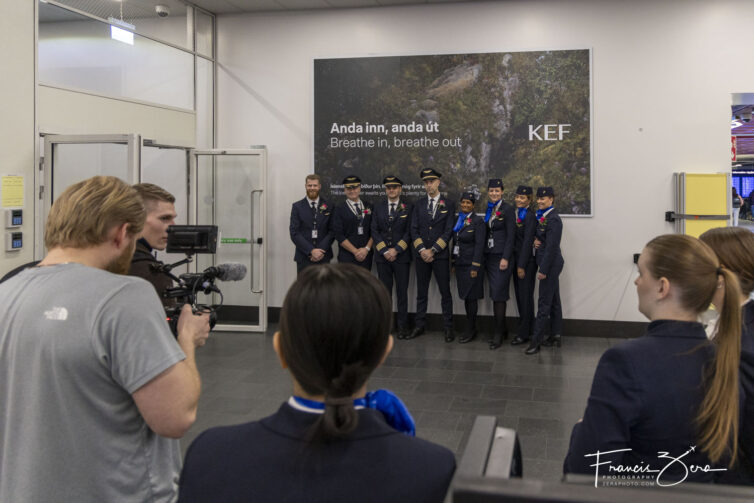
By the numbers, the trip covered was 9,896 miles over four flights spanning 22 hours and 15 minutes in the air, all packed into 27 hours of total travel time. All of this was really for the sake of KEF-ARN and back, with the new Airbus. I was on a Boeing 737 MAX-8 on SEA-KEF, the A321LR KEF-ARN and ARN-KEF, and a Boeing 757-200 KEF-SEA, allowing me to compare experiences across all of Icelandair’s active long-haul fleet options.
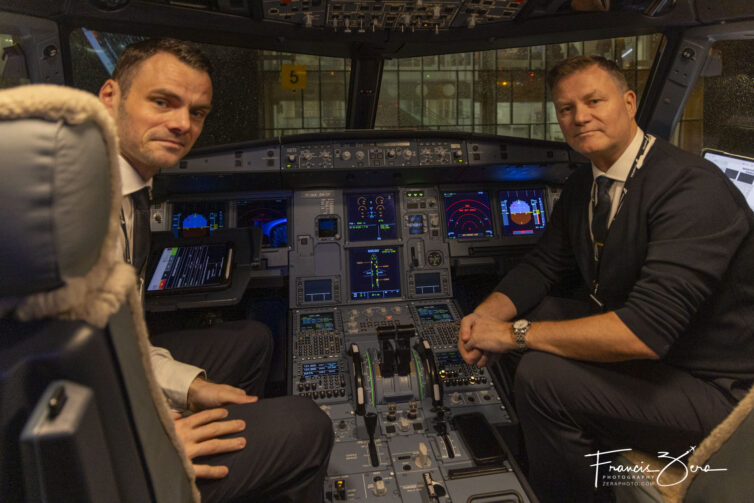
I’ve reviewed Icelandair’s 757, 737 MAX, and De Havilland Canada DHC-8 service in the past, and those observations are still valid.
Their 757s are nearing the end of their service lives, and as such are definitely in need of an upgrade. The MAX series is a great update, but the derivative 737s just don’t have the range and carrying capacity of those wonderful 757s; Boeing missed a huge opportunity when it stopped production in 2004 and failed to develop a replacement. In prior Icelandair coverage, we’d noted that the airline’s managment long hoped Boeing would come up with a direct replacement for the 757; that obviously has not come to be, and the age of the fleet left them with little choice than to consider Airbus’ offerings.
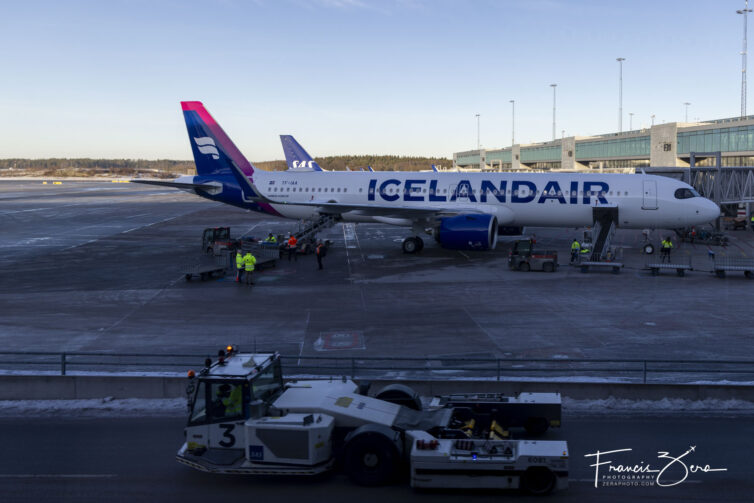
So, in walks Airbus with their newest A321 derivatives, which are now the closest thing on the market to the 757 in terms of capabilities.
Make no mistake, the 737 MAX 8 and 9 are very comfortable and competent aircraft, but Airbus is several steps ahead of Boeing with their newer A321LR and just-released A321XLR. The MAX cabins are definitely quieter than their predecessor NG versions, but the Airbus is even quieter. The A321LR is also 30% more fuel-efficient than the aircraft it’s replacing.
Seating also feels more comfortable, even in the rear of the plane, although that’s more up to the airlines than the aircraft manufacturer.
The Airbus jets lack the 737 line’s voluminous space bins for overhead luggage storage, but they’re still up to task. Spending seven hours on a MAX, then transitioning straight to the new Airbus, then back to a 757 for another seven hours provided plenty of perspective.
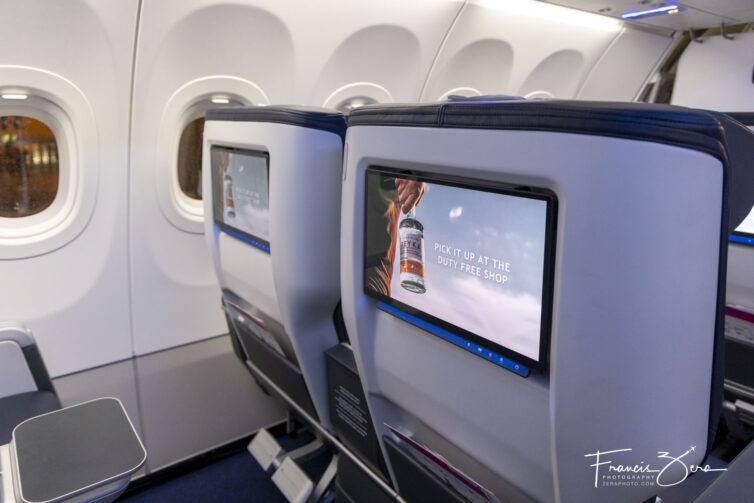
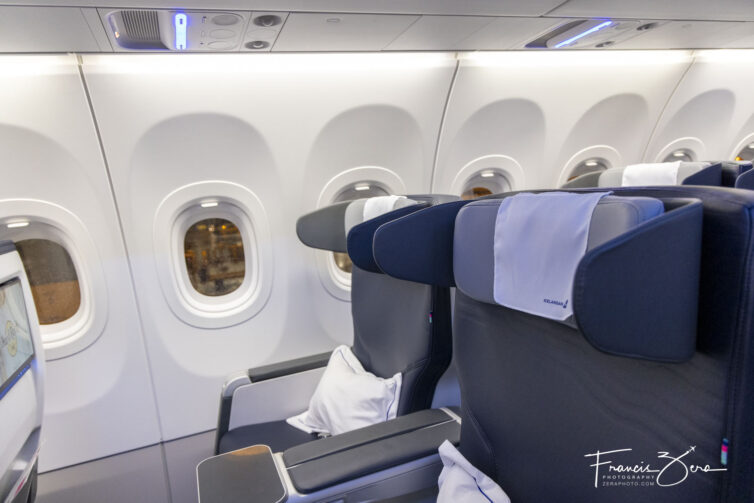
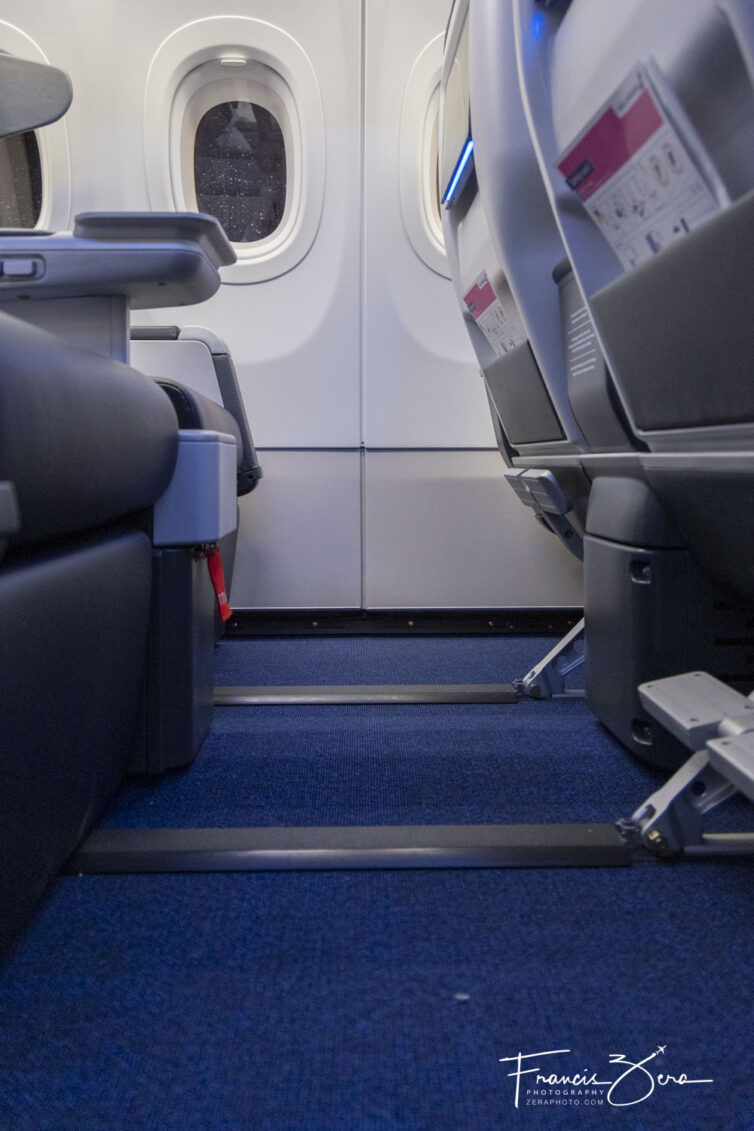
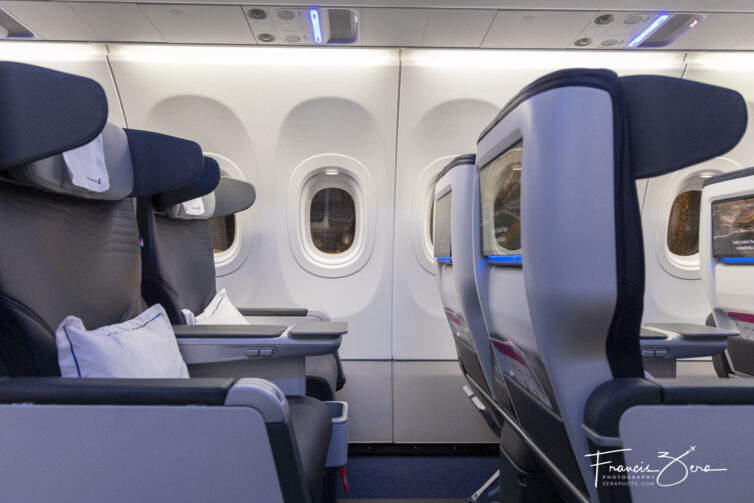
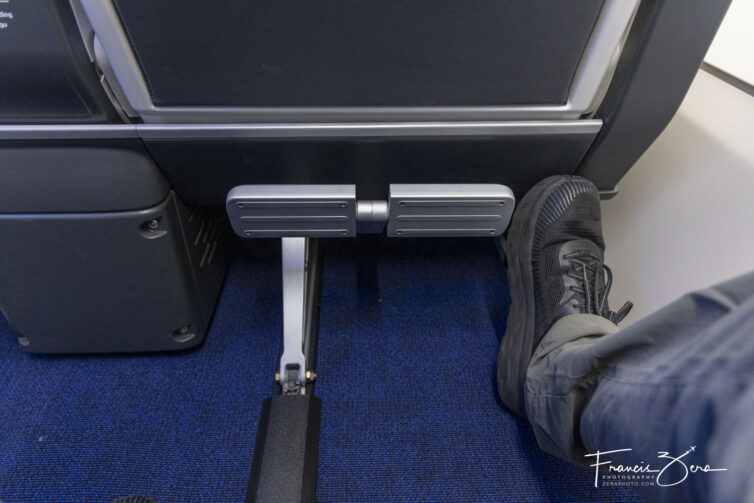
The only fiddly thing about the Saga seating was trying to find the power outlets on the Airbus, which are cleverly hidden under the center console. There are great little fold-out coat hooks on the seatbacks as well, which are quite handy for cold-weather trips.
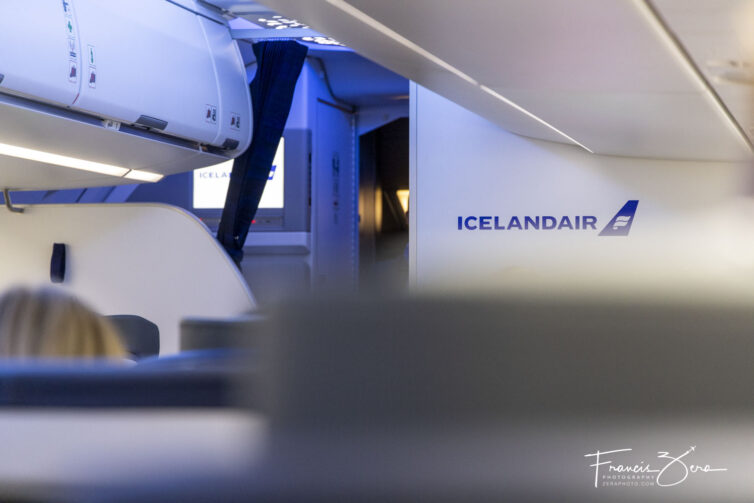
Unlike many domestic US carriers, Icelandair’s 187-seat A321LR doesn’t have a mid-cabin lavatory. Instead, they’re placed similarly to the Boeing layout of one up front for Saga class and three in the rear of the aircraft for everyone else.
Due to a technical glitch on the inaugural flight, the plane’s new-to-Icelandair Viasat’s Ka-band satellite internet wasn’t working. I did play around with the moving map and take note of the wide array of movie options. The 4K OLED touchscreens are quite sharp with smooth functionality and beautiful colors; it’s one of the nicest IFE screens I’ve seen.
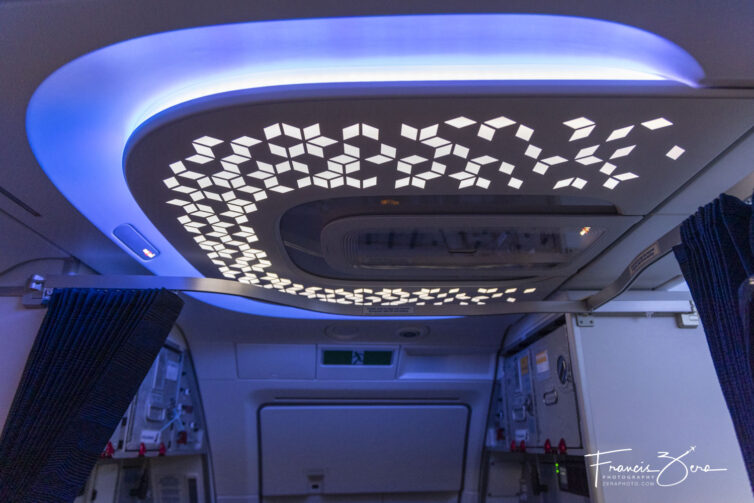
It will be sad, for many reasons, to see the venerable B757 fleet retire. But the replacement aircraft chosen by Icelandair is definitely up to the task, and surpasses those old jets in passenger comfort and fuel efficiency for the airline with its far more modern engines and avionics systems.
In our next article, we’ll explore what these new aircraft mean for the fleet operations and potential route expansions.